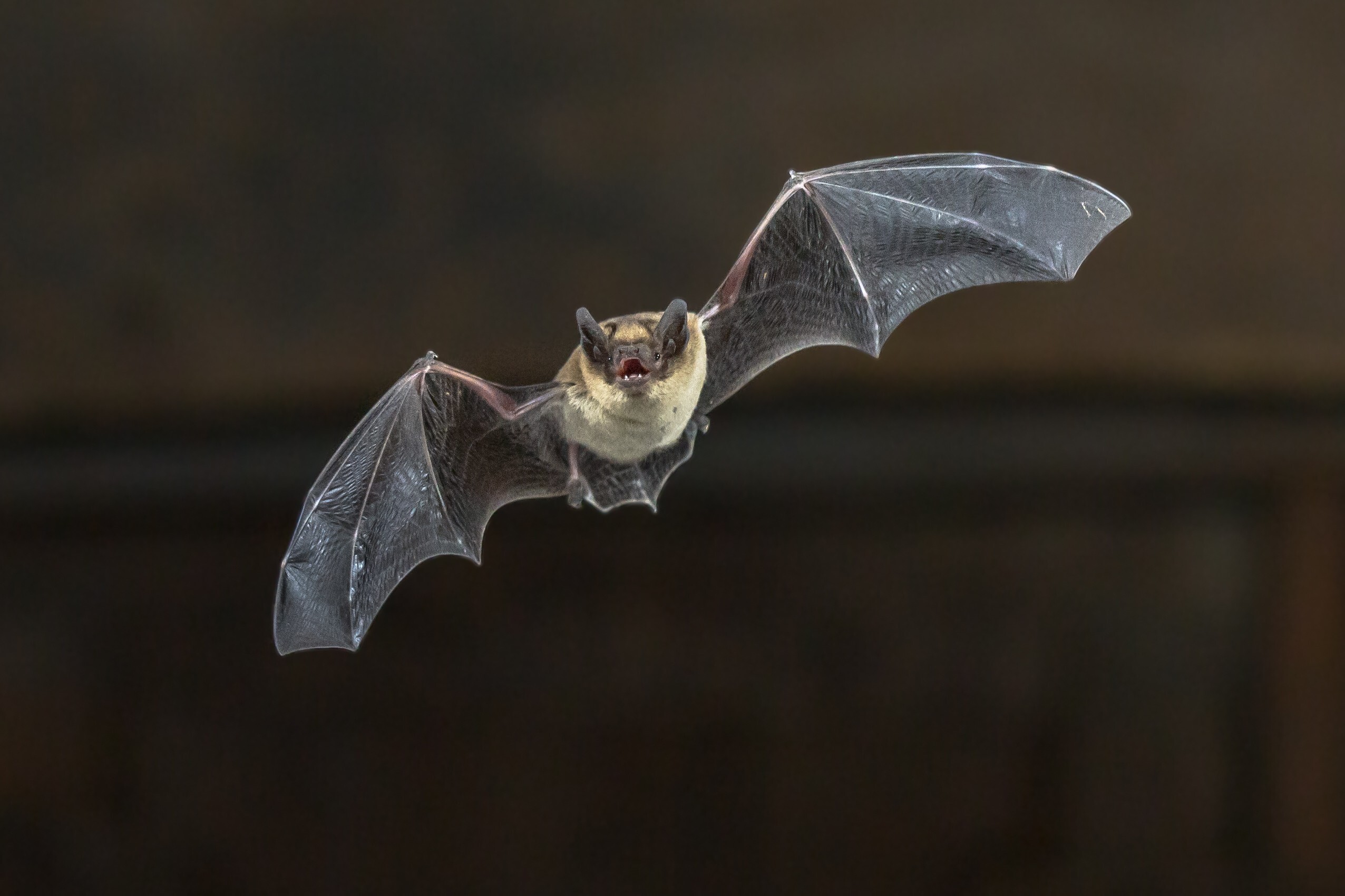
More and more scientists request another probe into the origins of coronavirus. In addition to this, Chinese scientists report findings of 24 new coronaviruses in bats. Some of them have a high genetic similarity with the SARS-CoV-2 virus.
New coronaviruses arise

Researchers report that the discoveries in southwestern China show virus presence in the bat community that could spread to humans. For this study, researchers collected mouth swabs and urine samples from forest-dwelling bats between May 2019 and November 2020.
“In total, we assembled 24 novel coronavirus genomes from different bat species. It includes four SARS-CoV-2 like coronaviruses,” reported researchers from Shandong University. They believe that one of the new coronaviruses is very similar to the one causing the pandemic. “It would be the closest strain to SARS-CoV-2 except for genetic differences on the spike protein. The knob-like structure that the virus uses when attaching to cells. Together with the SARS-CoV-2 related virus collected from Thailand in June 2020, these results clearly demonstrate that viruses closely related to SARS-CoV-2. They continue to circulate in bat populations, and in some regions might occur at a relatively high frequency,” they added.
This discovery comes at a surprising and vital time. Undoubtedly, researchers are calling for a transparent, independent, and evidence-based study to understand the origins of COVID-19. Of late, the need for the World Health Organisation (WHO) to investigate the pandemic has increased by mammoth proportions.
Why?
Well, the origin of COVID-19 has shockingly remained a mystery. Even after over 1.5 years since the first covid patient reported in China’s Wuhan!
The virus, shrouded in conspiracy theories and speculations. Governments and the scientific community are stressing the need for further detailed investigation and research. It is the only thing that can help us figure out if the virus is natural or leaked. Several believe that it leaked out of a lab in China’s Wuhan Institute of Virology.
